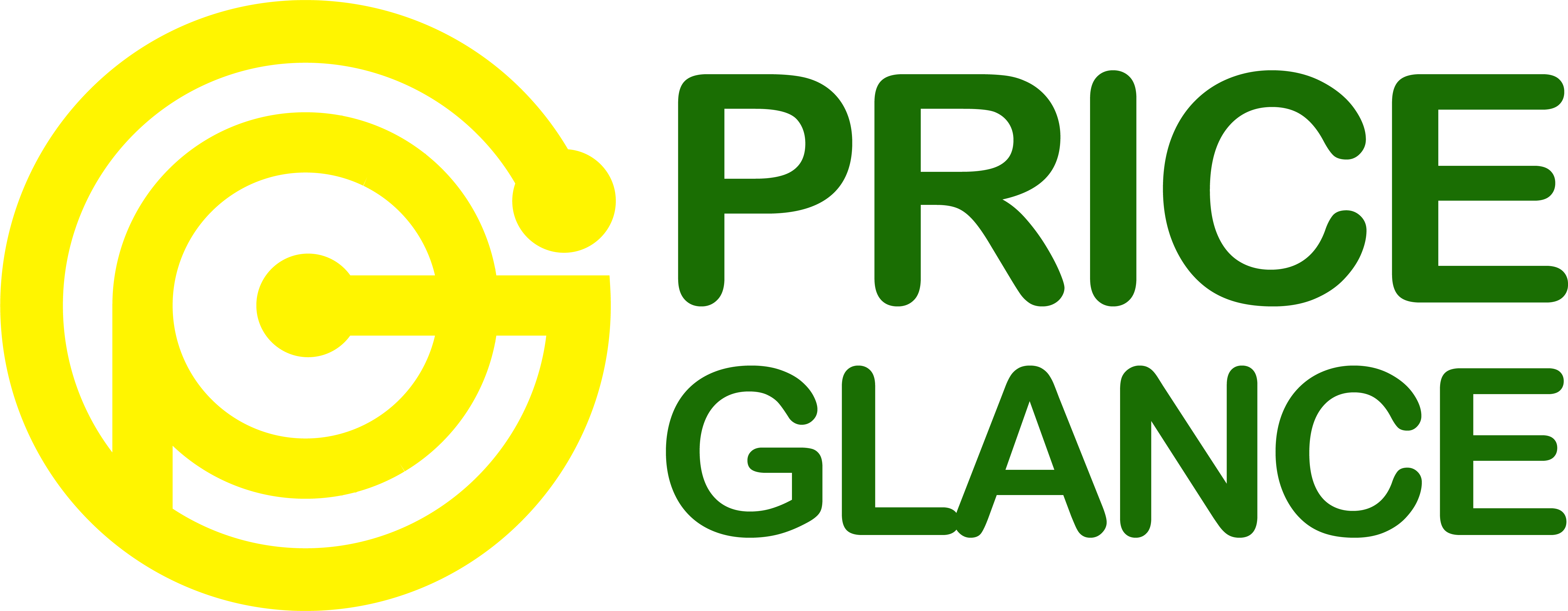
In today’s dynamic business landscape, a one-size-fits-all pricing strategy may no longer suffice. Flexible pricing allows businesses to adapt pricing models to market changes and customer demands. This comprehensive guide explores flexible pricing, its pros and cons, real-world examples, and successful implementation insights.
What Is Flexible Pricing?

Flexible pricing, also known as dynamic pricing or demand-based pricing, is a strategy that involves adjusting prices based on various factors, such as customer demand, time of day, location, competition, and inventory levels. It allows businesses to remain agile in the face of changing market dynamics and meet the specific needs of different customer segments.
Benefits of Flexible Pricing
- Maximized Revenue: Flexible pricing enables businesses to charge higher prices during peak demand periods, maximizing their revenue potential.
- Improved Customer Loyalty: By offering discounts during off-peak times, businesses can attract price-sensitive customers, fostering loyalty.
- Competitive Advantage: Adapting prices in real-time can provide a significant edge in highly competitive industries.
- Optimized Inventory Management: It helps reduce excess inventory by adjusting prices to clear surplus stock.
Disadvantages of Flexible Pricing
- Complexity: Implementing flexible pricing can be complex, requiring sophisticated algorithms and real-time data analysis.
- Consumer Perceptions: Frequent price changes may lead to customer skepticism and a perception of unfair pricing practices.
- Operational Challenges: Managing and monitoring a flexible pricing strategy can be resource-intensive.
Examples
- Ride-Sharing Services: Companies like Uber and Lyft adjust fares based on factors like demand, traffic conditions, and location.
- Airline Tickets: Airlines employ dynamic pricing to offer different fares for the same seat, depending on factors like booking time and class.
- Hotel Bookings: Hotels frequently adjust room rates based on demand, seasonal fluctuations, and events in the area.
How to Implement a Flexible Pricing Strategy

- Data Analysis: Gather and analyze data on customer behavior, market trends, and competitor pricing to identify factors that impact pricing decisions.
- Set Clear Goals: Define the objectives of your flexible pricing strategy, whether it’s to maximize revenue, optimize capacity utilization, or enhance customer loyalty.
- Implement Technology: Invest in pricing software or tools that can help automate and optimize pricing decisions in real-time.
- Pilot Testing: Begin with controlled tests to evaluate the impact of your pricing changes and make adjustments as necessary.
- Continuous Monitoring: Regularly monitor the performance of your pricing strategy and adapt it to changing market conditions.
Conclusion
A flexible pricing plan is a strong asset for businesses aiming to succeed in today’s changing market. By adjusting prices to match customer demand, competition, and other factors, companies can increase earnings, improve customer satisfaction, and gain a competitive advantage. While implementing this strategy may be complex, the significant benefits make it a valuable option for businesses of all sizes and industries.
